Youth Crossing Gender Borders explores the landscape of young people and gender identity. Laura Markowitz talks to teens, parents, and experts on the forefront of understanding the spectrum of human identity.
Most people were raised to believe there are only two genders: male or female. From before we’re born until the end of our lives, we’re divided into those two camps. But what happens when a child identifies as both?
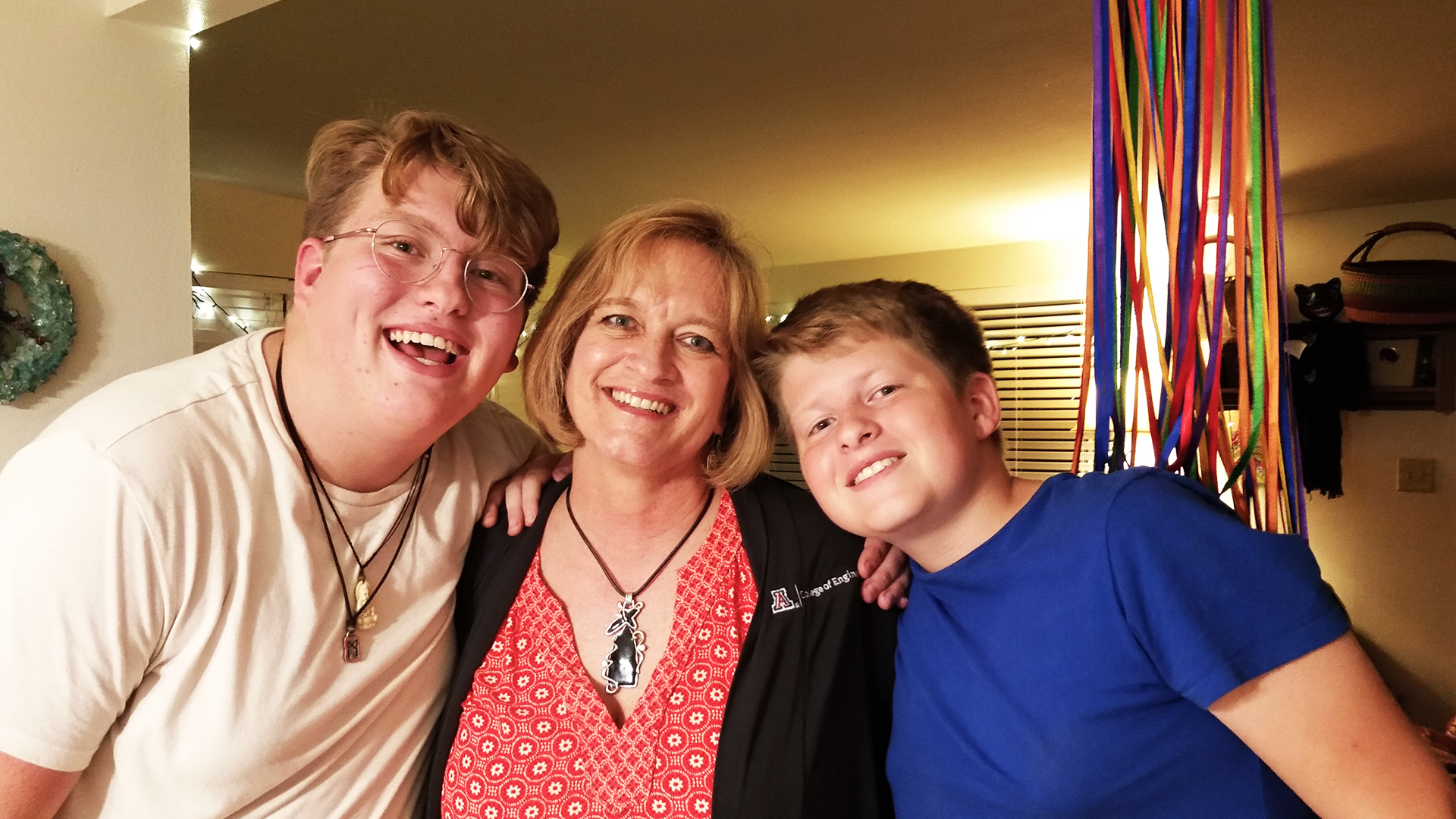 Diana Wilson with sons Stefan (left) and Finnur. Stefan, age 16, identifies as “a gender non-binary gay boy.” Finnur, age 13, identifies as “a hundred percent male.”
Diana Wilson with sons Stefan (left) and Finnur. Stefan, age 16, identifies as “a gender non-binary gay boy.” Finnur, age 13, identifies as “a hundred percent male.”On a school night, Diana Wilson is in her kitchen making dinner for her two kids. Stefan is 16 and Finnur is 13. Stefan is just coming home from a rehearsal. He’s a junior in high school, and today he’s dressed in men’s shorts and a sweatshirt.
“I’m tall, and I’m really built,” Stefan says, “so people always ask me if I play football and I’m like ‘Tee hee! Definitely not!’ ” He and his mom laugh.
Stefan’s bedroom closet is full of ruffled dresses and glittery, high-heeled shoes. Stefan identifies as gender non-binary.
“It would be too confusing to call myself a girl,” he explains. “Also, I don’t feel like a full-on girl, so I would never say, ‘I’m a girl,’ but I express myself as a feminine person sometimes. But I still say, ‘I’m a boy’ and I feel like a boy who likes to explore the spectrum of gender.”
His mother noticed when he was very young that he wasn’t following the typical gender playbook. “At about one, one and a half, my biologically born-male son was drawn to all things sparkly and beautiful, and the journey began really early in terms of exploring gender.”
 “I love being the boy who looks like a boy but is wearing heels or makeup,” says Stefan, “because I like how different it is and how independent I am in my style.”
“I love being the boy who looks like a boy but is wearing heels or makeup,” says Stefan, “because I like how different it is and how independent I am in my style.”When Stefan was three, she Googled the term “gender non-conforming” because she didn’t have much of a frame of reference. “My master’s is in counseling and Stefan’s dad is a psychologist. But it was a pretty new journey to me,” says Wilson.
Raising a gender non-binary child can be challenging, says Wilson. “When he was growing up and going shopping it was always a little bit stressful that things were so gendered in the stores, both at the toy store and the clothing stores. I have really strong memories of Stefan going down the ‘girls’ aisles at toy stores and continuing to look over his shoulder and seeing if anyone was going to watch him pick up a Barbie and being very self-conscious about that.” Stefan vividly remembers that, too.
“I would love to go look at the Barbies. That was my favorite thing to do. But I was always nervous that someone was going to come and be like, ‘Why are you looking at the Barbies?’ Now I don’t care, but back then it was really tough.”
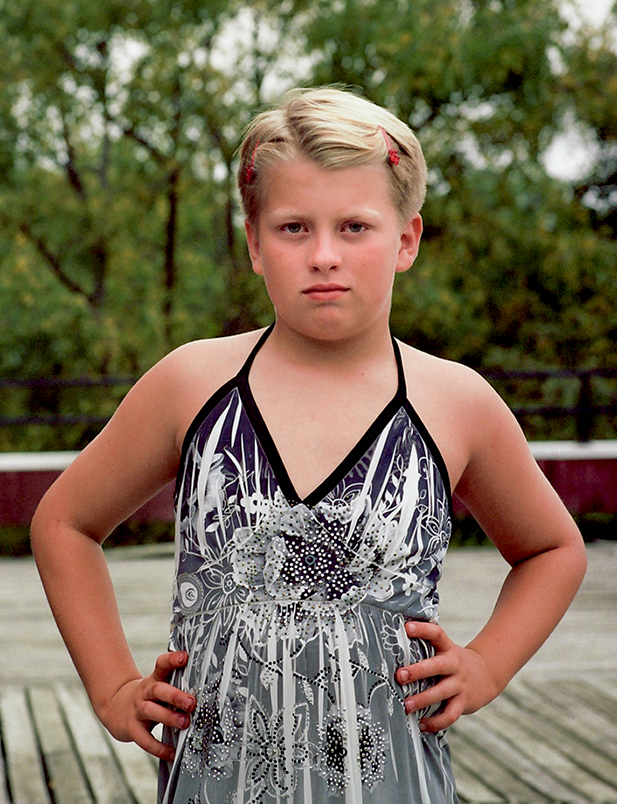 VIEW LARGER From an early age, Stefan expressed himself as both male and female. At puberty, he realized he was “a boy who likes to wear girls clothes sometimes.”
VIEW LARGER From an early age, Stefan expressed himself as both male and female. At puberty, he realized he was “a boy who likes to wear girls clothes sometimes.” Therapists who specialize in gender identity issues say parents who don’t affirm their gender-fluid children can cause them to feel ashamed, alienated, and afraid. And research shows that attempting to change gender identity with “conversion” therapy leads to higher rates of suicide attempts.
When Stefan wanted to wear dresses to preschool, his mother supported him.
“When you were about six and starting first grade, you were definitely getting comments from other kids who would question your clothing expression,” Wilson says to Stefan. “You learned really quick to put it away at school. I never said a word, but it broke my heart to see you put that stuff away.”
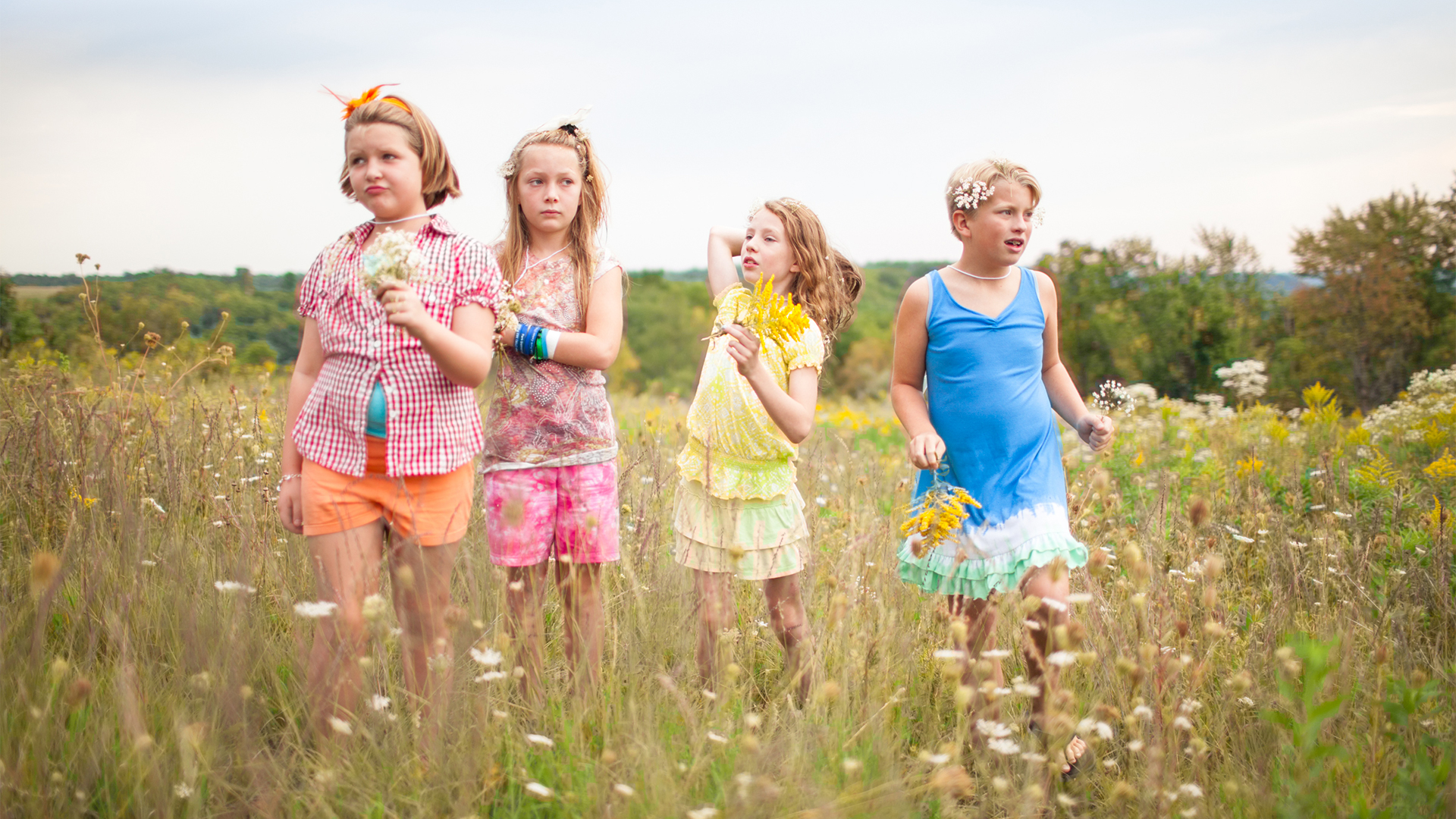 It's unknown how many pre-teens are gender non-binary. Recent [studies](https://www.cnn.com/2018/02/06/health/teens-gender-nonconforming-study-trnd/index.html) found that 0.7% of teenagers identify as transgender, while 3% identify as gender non-binary.
It's unknown how many pre-teens are gender non-binary. Recent [studies](https://www.cnn.com/2018/02/06/health/teens-gender-nonconforming-study-trnd/index.html) found that 0.7% of teenagers identify as transgender, while 3% identify as gender non-binary.“I tried to block those memories out because I didn’t like thinking about putting my identity away to please other people,” he says.
“Growing up, I felt like I was the only person in the world who was feeling this way,” remembers Stefan.
Diana Wilson looked for resources for him and found a camp on the east coast for gender-nonbinary and transgender kids. “The first time we walked into the building where all the kids were running around and wearing dresses it was pretty emotional, I think, for all of us because Stefan was so scared and then his face just lit up.”
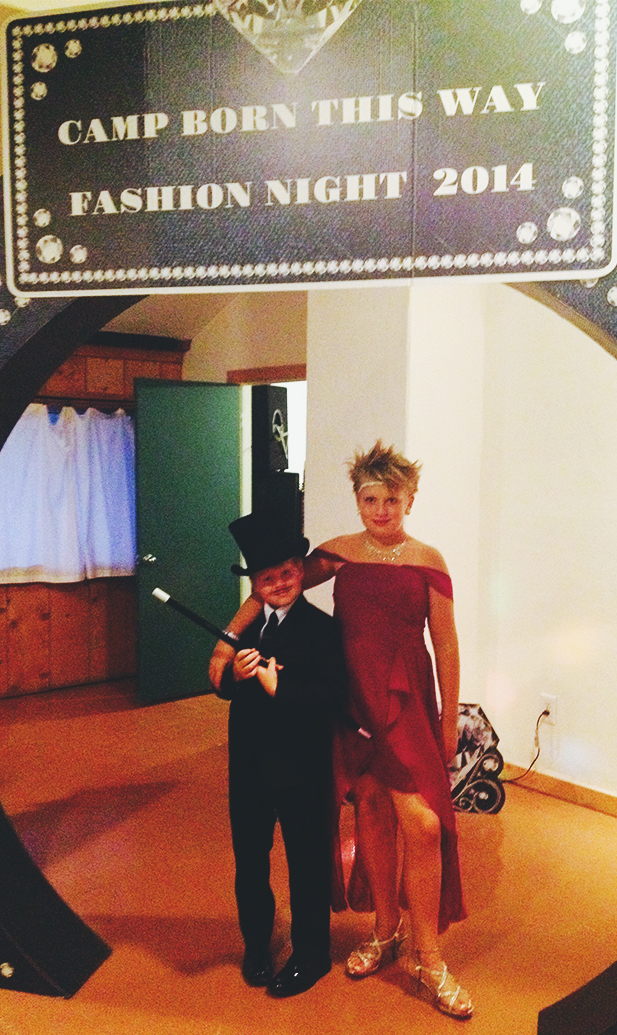 VIEW LARGER As a child, one of the yearly highlights for Stefan was Camp Born This Way’s fashion show. Stefan’s mother, Diana Wilson, started the camp with a grant from Tucson’s Temple Or Chadash.
VIEW LARGER As a child, one of the yearly highlights for Stefan was Camp Born This Way’s fashion show. Stefan’s mother, Diana Wilson, started the camp with a grant from Tucson’s Temple Or Chadash. The experience inspired her to start a camp for kids in Southern Arizona. Camp Born This Way is for transgender and gender non-binary kids and their families. The first year, it was held over a long weekend at a facility in Oracle. Five families attended. Now in its eighth year, it’s grown considerably.
Stefan says, “We do normal activities like arts and crafts.” There’s also archery, bike workshops, and art lessons.
“We’ve had a costume designer come out from New York City and help the kids all design and wear their own costumes in the talent and fashion show as well,” says Wilson.
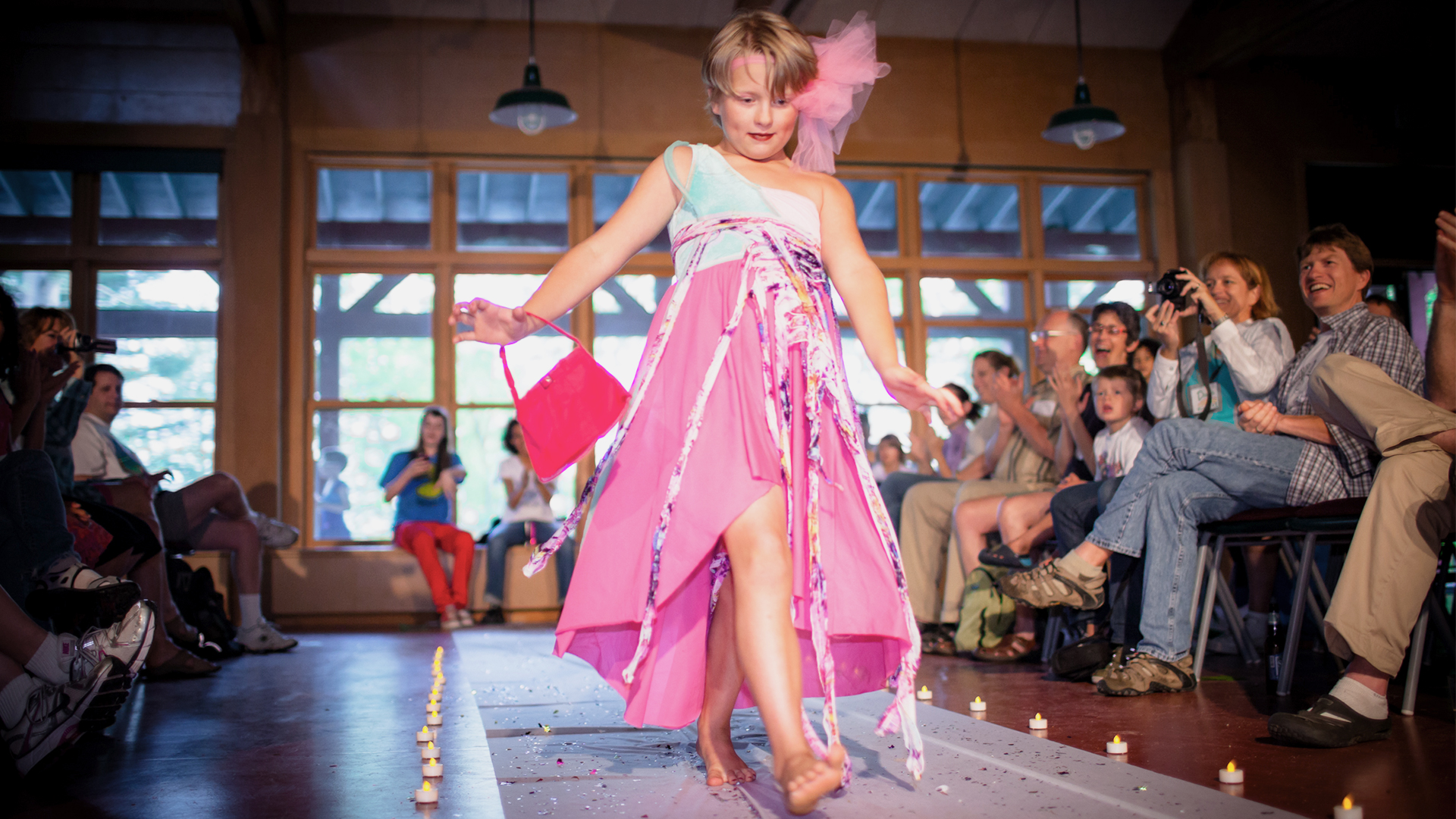 Gender non-binary is not the same as transgender. Stefan says he loves attention and he loves being able to express his feminine side. But he also likes his male body and doesn’t want to be a girl.
Gender non-binary is not the same as transgender. Stefan says he loves attention and he loves being able to express his feminine side. But he also likes his male body and doesn’t want to be a girl.Stefan’s 13-year-old brother, Finnur, who identifies as “a hundred percent male,” attended Camp Born This Way for a few years, but he says, “It came out of my fun zone because the people there were so different from me and I didn’t really fit in.”
Ironically, Stefan says he also felt that he didn’t quite fit in at Camp Born This Way—at least not in the beginning. Most of the other kids were transgender. So then he started to wonder if maybe he was trans. Wilson remembers:
“One year after camp, he started saying ‘Maybe I want to be a girl.’ ”
“That was the hardest time for me to go through” says Stefan, “because I was fighting with myself in my head. Because if I transition, I can’t really go back to being a male. And I still had urges to express myself as a male and as a female.”
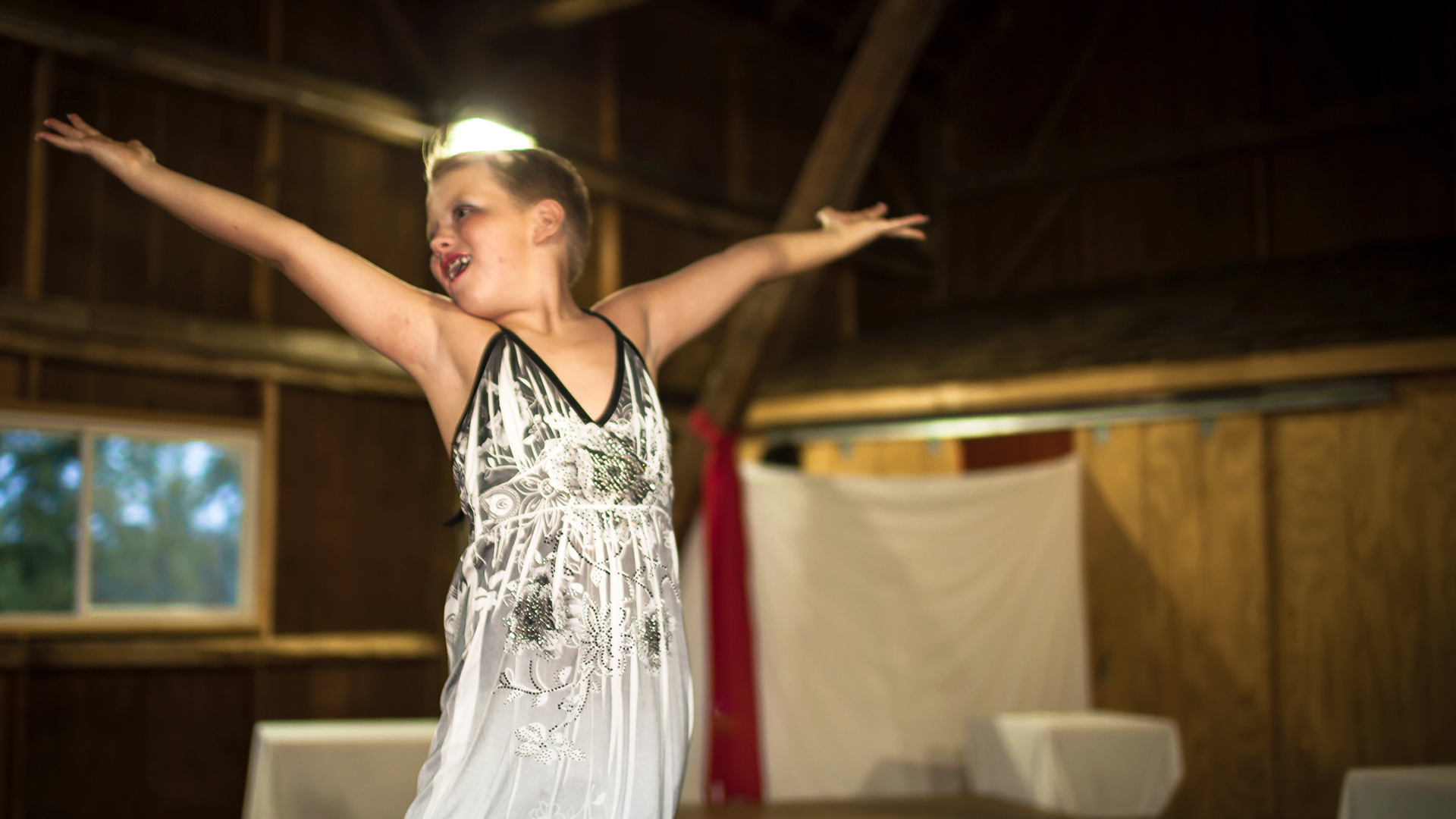 The first time he attended a summer camp for gender non-binary and transgender kids, Stefan was thrilled to meet other kids who were just like him.
The first time he attended a summer camp for gender non-binary and transgender kids, Stefan was thrilled to meet other kids who were just like him.Wilson says, “We kind of just had to just ride the ambiguity train of not knowing what the outcome would be. And as puberty approached that made me nervous.”
For transgender kids, hormone blockers delay the physical changes of puberty. This can make for a more successful physical transition later.
Wilson was worried because the doctors predicted that Stefan would be tall—he is six-foot-two—and if he was going to transition to female he might not want to be that tall. Hormone blockers would have “become an important part of [not] becoming taller than he might want to become,” says Wilson.
“And so I would just keep checking in about that. ‘Do you want to go on blockers? Is this something you’re interested in?’ The answer was always no, but there was part of me that was worried that I might be missing the boat on that because maybe he wasn’t being honest with himself.”
“I was approaching puberty so fast,” remembers Stefan, “and it was like if I start hitting puberty it’s going to be harder to do this because the later you wait, the harder it gets to be where you want to be. You don’t pass as well.”
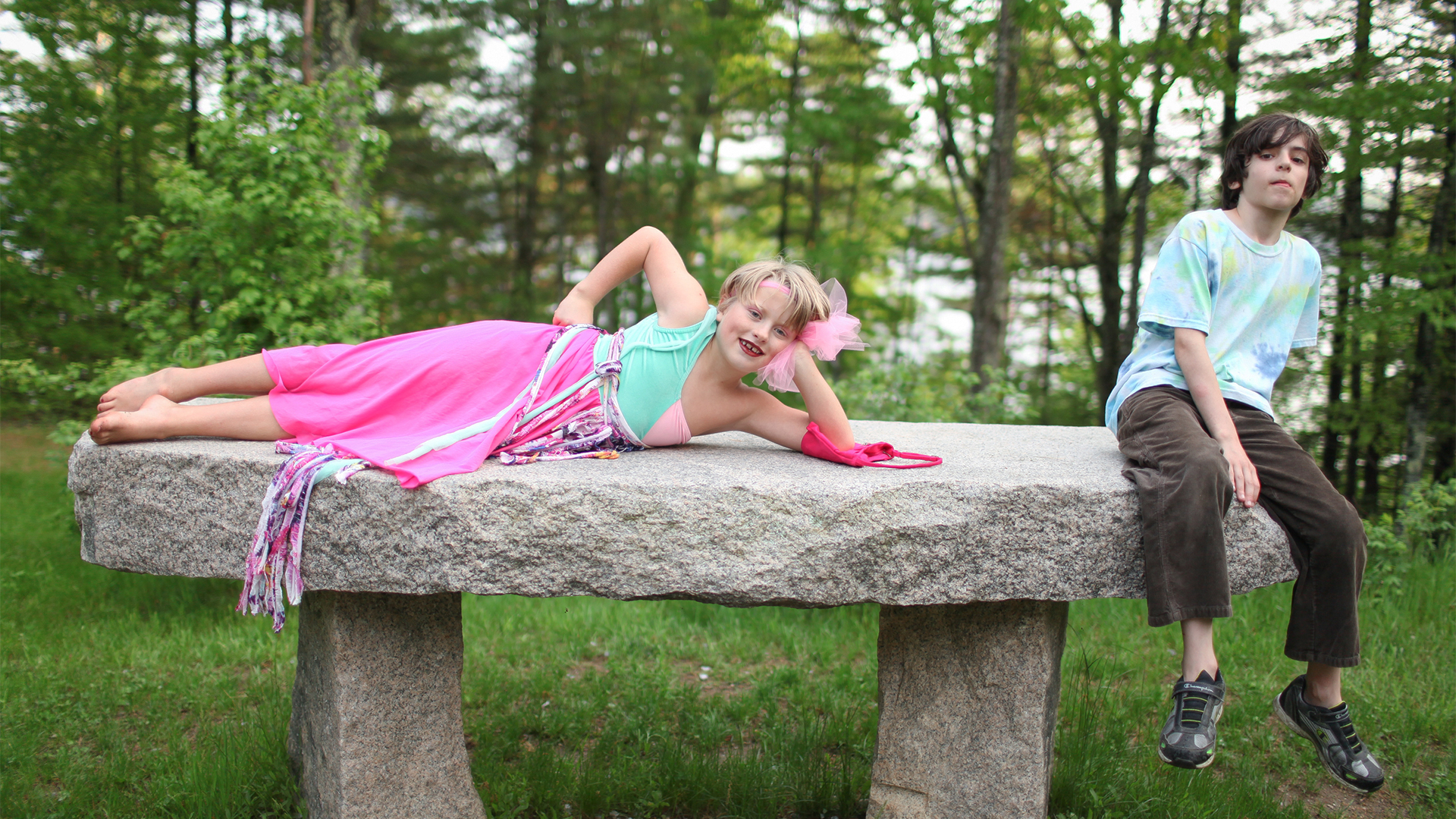 A young Stefan gets ready for a camp fashion show. The camp experience gives gender non-binary and transgender youth a place to be supported and affirmed in community.
A young Stefan gets ready for a camp fashion show. The camp experience gives gender non-binary and transgender youth a place to be supported and affirmed in community. “It just turned out he wasn’t saying he is a girl,” remembers Wilson, “but if he did transition, then he would be able to wear feminine clothing and no one would give him a hard time.” Stefan agrees.
“I Iike my body the way it is. I like having a masculine body. I think taking hormones would just mess that all up and it would just push me too far over to the feminine side. And I don’t want to be all the way over there.”
Many people assume that gender non-binary kids are all gay, but gender identity is about who you know yourself to be, and sexual orientation is about who you’re attracted to romantically and sexually. Experts say that gender identity is formed by the age of three or four, while sexual orientation develops later.
During the second half of seventh grade, Stefan was talking to his friends about having crushes on girls and he realized, “ ‘Wait a second. I’m not attracted to girls. What’s going on here? Could I really be gay?’ After a lot of consideration I kind of just realized that’s always been there, too. And so I realized, ‘Oh, I’m just a gay boy who likes to dress up in feminine clothes.’ ”
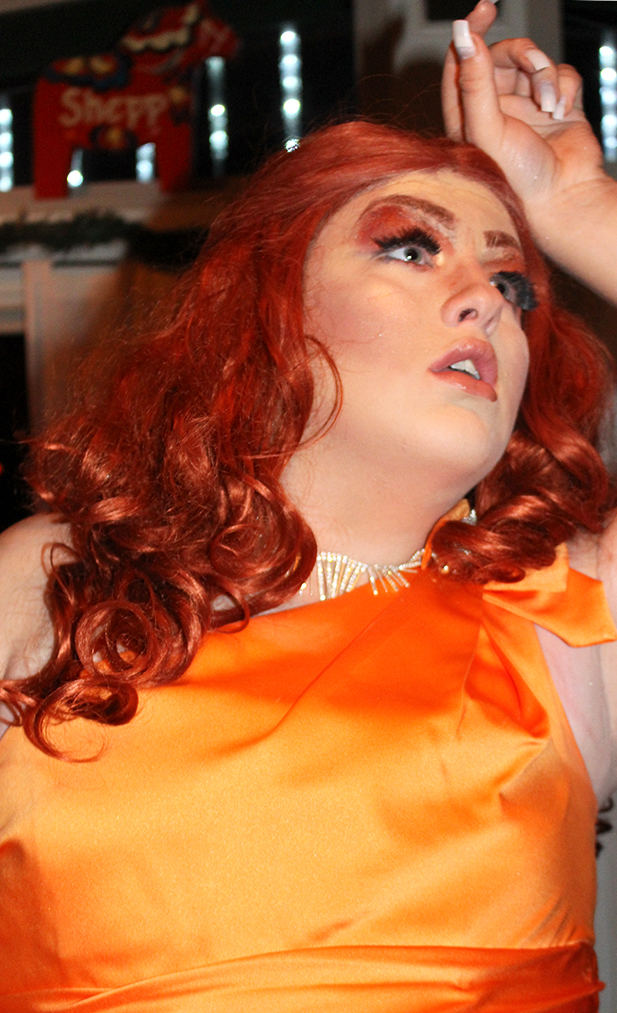 VIEW LARGER For Stefan, being gender non-binary means he can express himself as male and female. He went in drag to his winter formal.
VIEW LARGER For Stefan, being gender non-binary means he can express himself as male and female. He went in drag to his winter formal. He says expressing his feminine side in public used to make him nervous about what people would think, but at this point he doesn’t care.
“It’s my life and I’m going to live it as I want to. If I want to wear a dress, I’m going to wear a dress. I don’t care what other people are going to do or say.”
He knows his gender confuses people, because they expect him to be male and he’s not—at least, not exclusively.
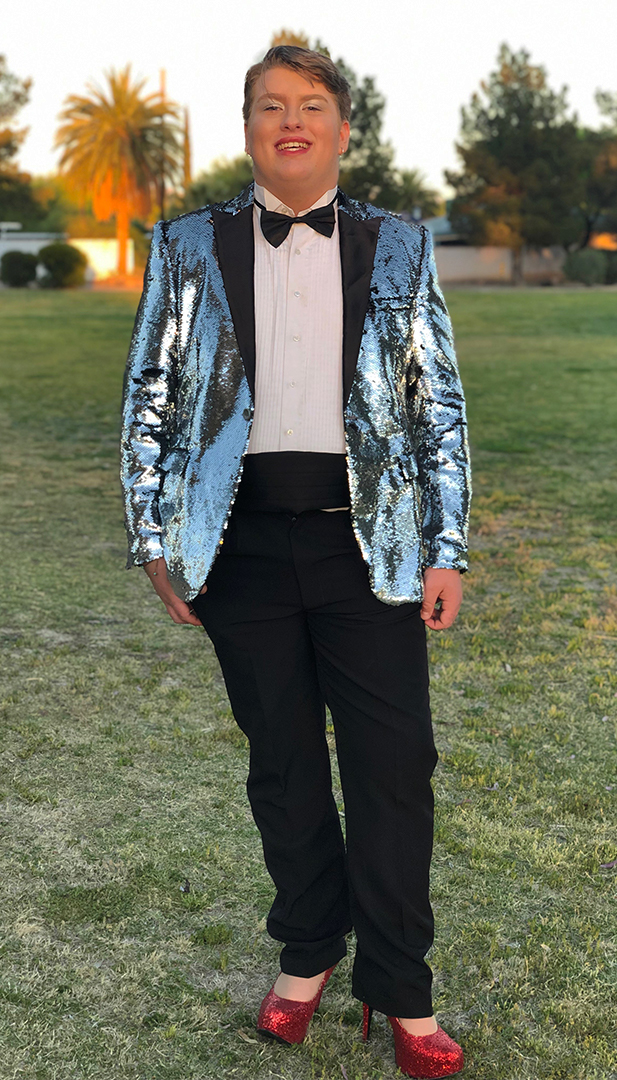 VIEW LARGER For his prom outfit, Stefan expresses both his male and female sides. Rejecting the binary of male or female, he is free to be what his mother, Diana Wilson, calls “gender creative.”
VIEW LARGER For his prom outfit, Stefan expresses both his male and female sides. Rejecting the binary of male or female, he is free to be what his mother, Diana Wilson, calls “gender creative.” “I think you can be as confused as you want about it, but as long as you’re being respectful to people who are asking for specific pronouns or people who are just expressing themselves, then you can just live your life and you don’t need to worry about these people. It’s their life. They’re going through their own things, just like you’re going through your own things. So as long as you’re being respectful and not saying hurtful things or doing hurtful things, then—yeah.”
This story is part of Youth Crossing Gender Borders, a series produced by AZPM Contributing Producer Laura Markowitz for Arizona Spotlight. For information on support groups for transgender and gender non-binary youth and their families, visit the Southern Arizona Gender Alliance.
Listen to Episode 3: Trans-Generational Advice

By submitting your comments, you hereby give AZPM the right to post your comments and potentially use them in any other form of media operated by this institution.